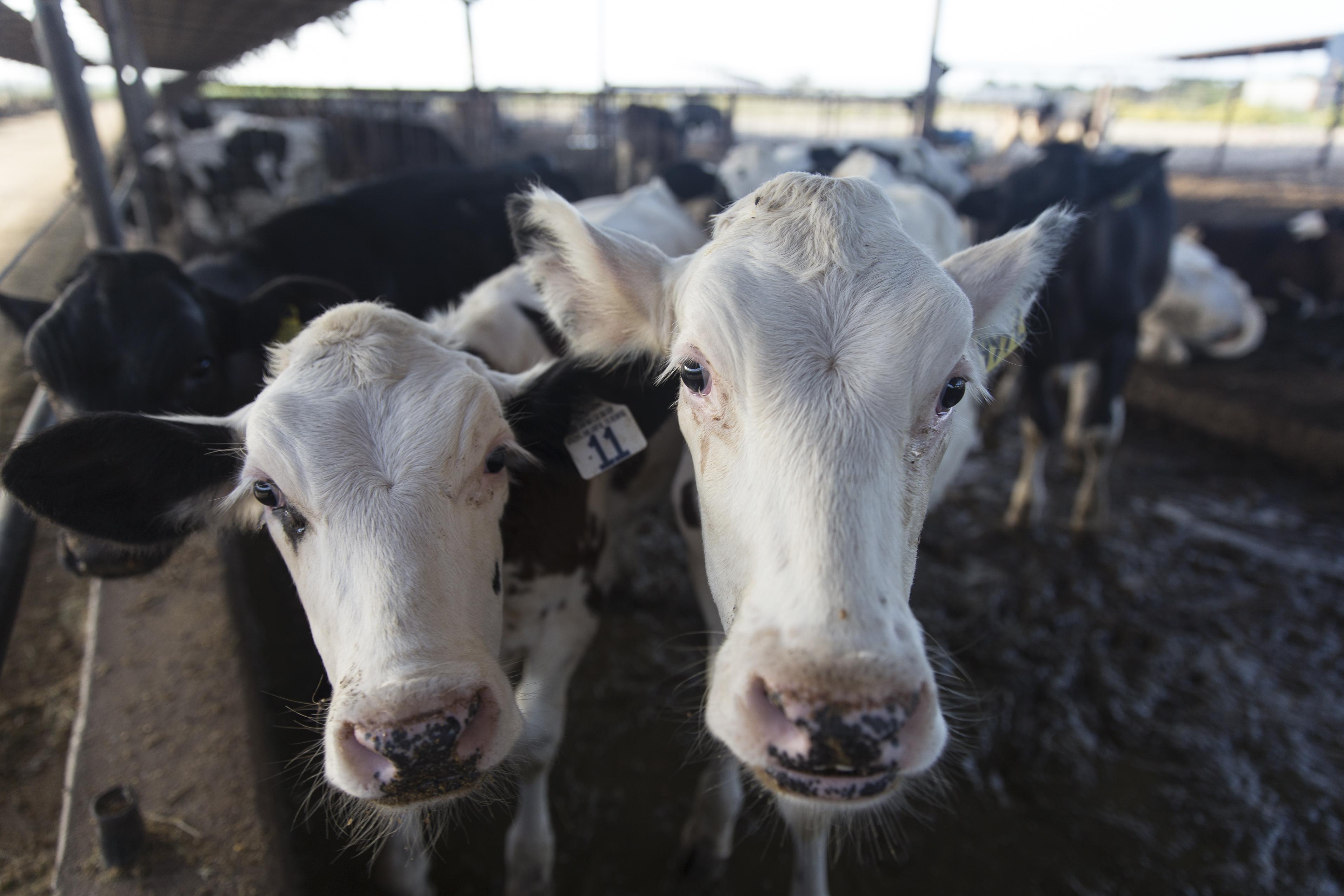Managing Fly Infestations by Location
Effective fly control is crucial for maintaining the health and productivity of livestock. Flies not only pose a nuisance to animals but can also significantly impact their health and productivity. Randy Knight, Regional Sales Manager at Central Life Sciences, provides valuable insights on effective strategies for controlling fly populations in cattle, emphasizing the importance of targeted solutions.
ClariFly® Larvicide: Comprehensive Fly Control for Confined Animals
In the realm of livestock management, controlling fly populations is a critical task, especially in confined environments like dairies and feedlots. ClariFly® Larvicide stands out as a preventative piece to successful Integrated Pest Management programs. ClariFly® Larvicide is registered for controlling four types of flies that can develop in manure: house flies, stable flies, horn flies, and face flies. This feed-through product disrupts fly development in their larval stages, therefore significantly reducing adult fly populations. Randy Knight underscores its versatility and effectiveness across various livestock species and operational settings, noting, “When we're in a confined situation, we have all different kinds of mediums. In such environments, where spilled feed, old silage, manure, and other organic matter abound, effective fly control is essential to mitigate the risk of infestation and its associated consequences.”
Target Species and Situations:
- House Fly: Known for transmitting diseases and causing stress to livestock.
- Stable Fly: Inflicts painful bites that can reduce feed consumption and reproductive efficiency.
- Face Fly: A vector for bovine pinkeye, particularly in northern regions.
- Horn Fly: Costs the US cattle industry billions annually through lost production and control expenses.
Altosid® IGR: Targeted Control for Horn Flies on Pasture
For cattle on pasture, horn flies present a significant challenge. Altosid® IGR offers a specialized solution designed to disrupt horn fly development in cow manure, preventing larvae from maturing into biting adults. This targeted preventative approach reduces the need for additional labor or time-intensive measures, making it a preferred choice for pasture settings where horn flies thrive.
Integrated Pest Management (IPM) Approach
While ClariFly® Larvicide and Altosid® IGR play pivotal roles in fly control, an Integrated Pest Management or IPM strategy enhances their effectiveness. Central Life Sciences recommends combining these feed-through products with other solutions from their Starbar® product line, such as baits, traps, pour-ons, and sprays. This comprehensive approach addresses different life stages of flies and minimizes the issues that can result from reliance on any single method.
Key Components of Effective Fly Control:
- Sanitation: Managing farm cleanliness by addressing potential fly breeding sites like old feed, standing water, and weeds.
- Multiple Control Methods: Integrating insecticides with proper sanitation and husbandry ensures thorough fly population reduction.
- Customized Solutions: Tailoring fly control strategies to meet the specific needs of each livestock operation optimizes results and enhances animal health and productivity.
Central Life Sciences' commitment to providing targeted solutions like ClariFly® Larvicide and Altosid® IGR underscores their role as a valuable partner in achieving comprehensive fly control. By leveraging their expertise and diverse product offerings, livestock producers can effectively manage fly populations and enhance overall efficiency.
Learn more from Randy Knight in our video below!



